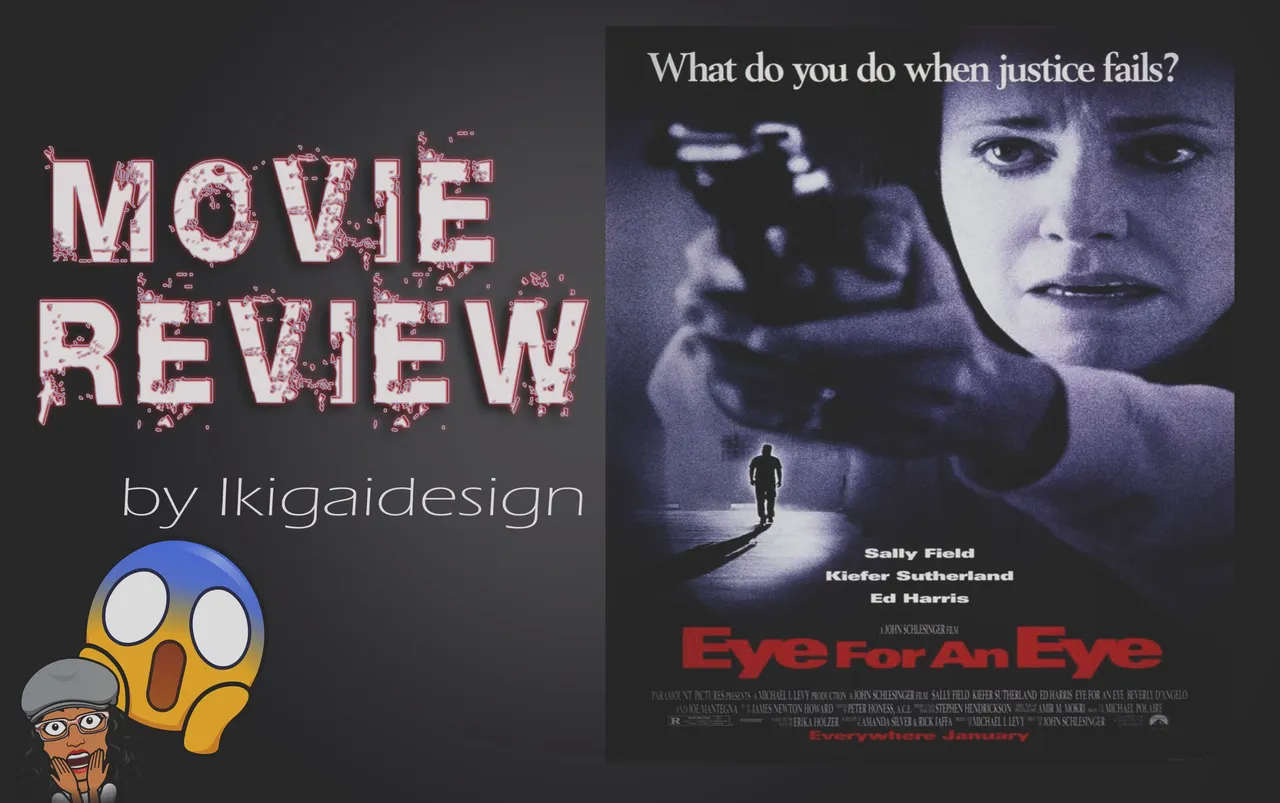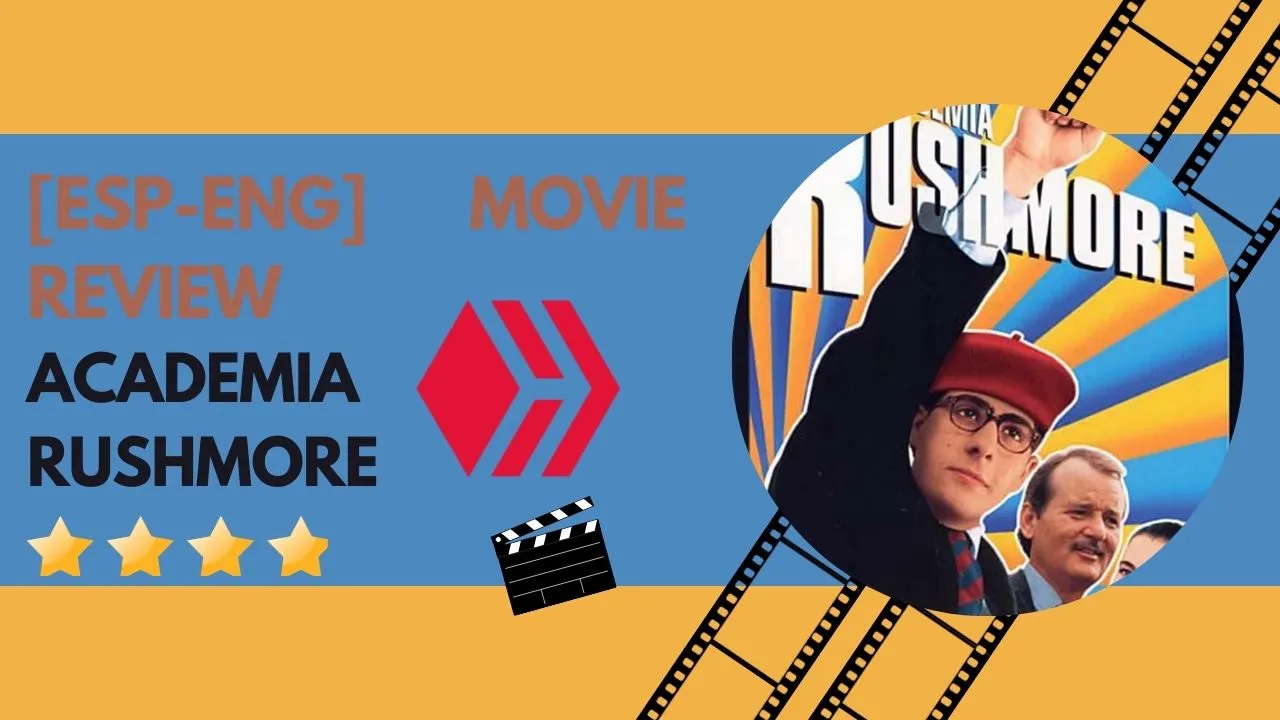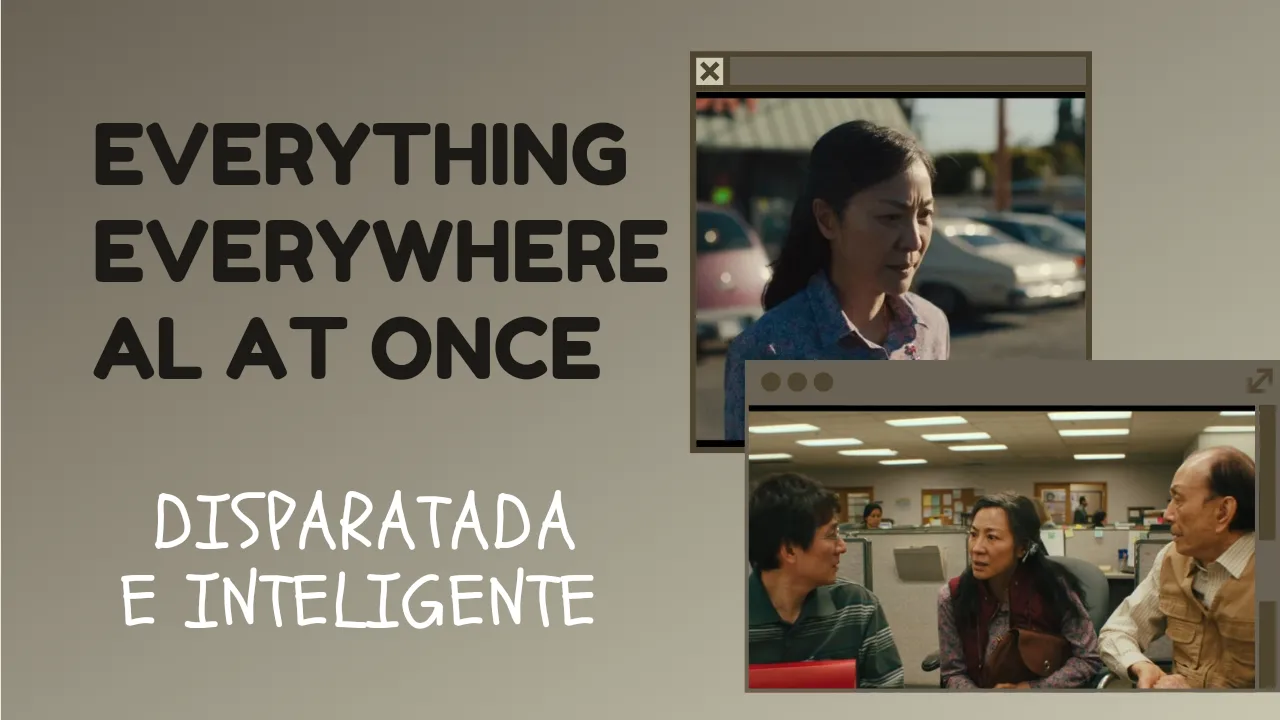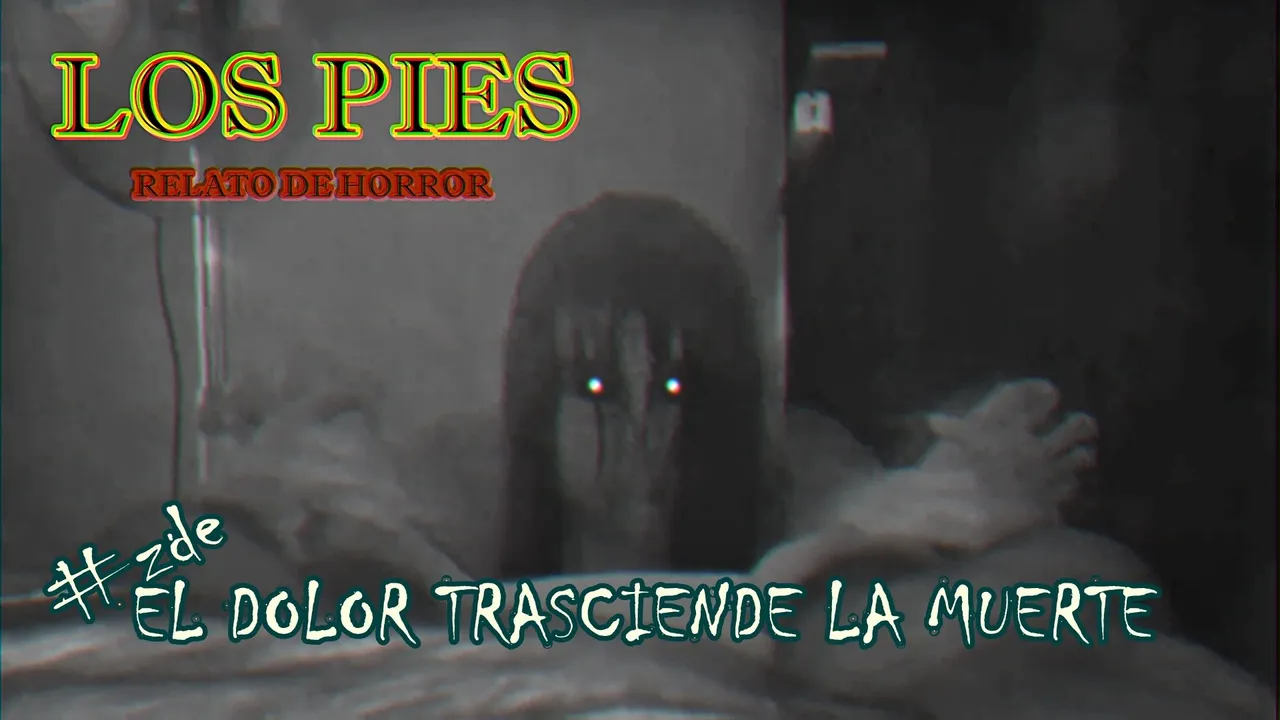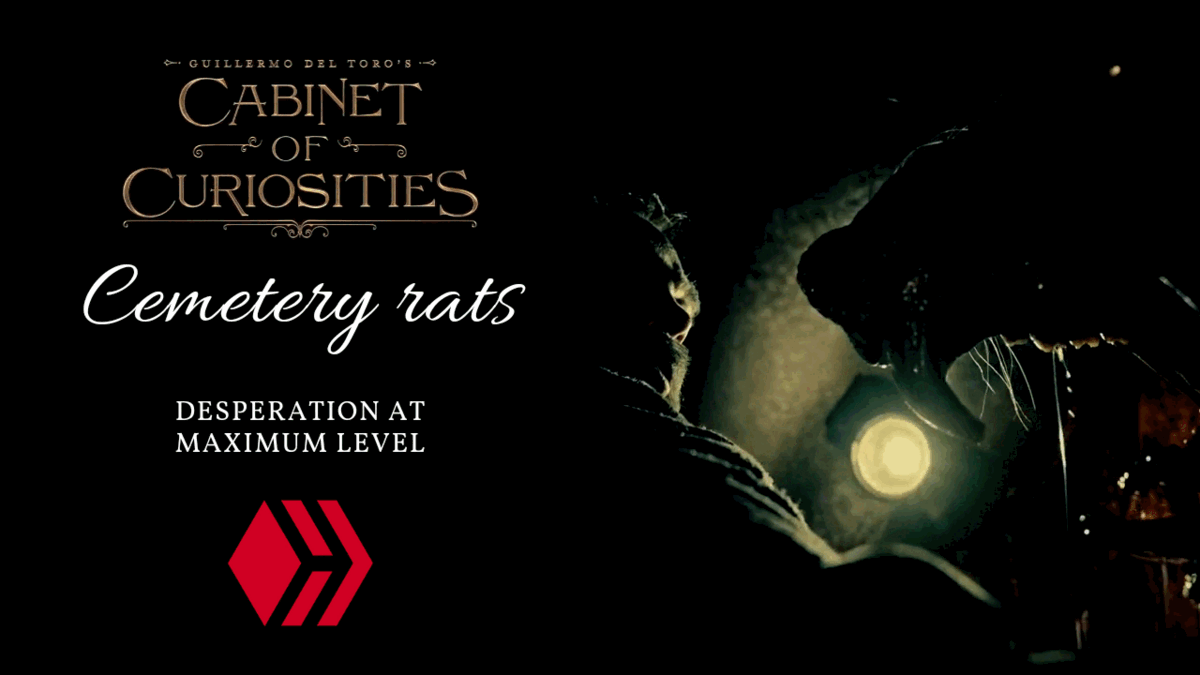
Versión es español abajo. Click AQUÍ
English
My passion for the horror genre and all that surrounds it is well known. I'm very into literature and videogames on this topic, but I'm a bit wary of cinema and television. There are very few products that convince me.
I think that horror in film needs a big renovation and there are already some creative people trying to do it. One of them, and one whom I respect enormously, is Guillermo Del Toro. The Mexican director and screenwriter has always been diverse in his work, but it is the monsters and the terrifying things that he is most passionate about. In that sense, we are very similar.
The curious anthology
His latest major effort to breathe fresh air into the Horror genre bears his name. Guillermo Del Toro's Cabinet of Curiosities is a collection of horror stories released on the Netflix platform in which he, hand in hand with talented screenwriters and directors, presents diverse proposals in each of the episodes.
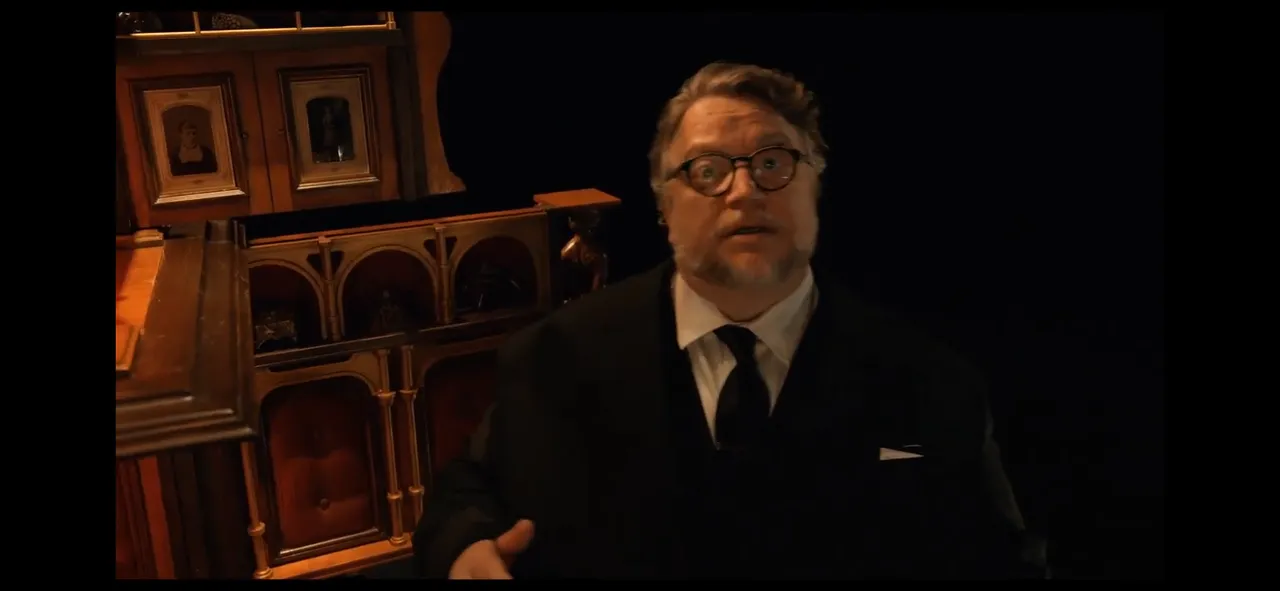
A good part of these are directly inspired by The Cthulhu Myths. There is no literary universe I love more passionately than this one. On the one hand I like that a lot and on the other hand it makes me extremely critical. I like that the works I admire the most are treated with respect and care.
But I have to admit that The Cthulhu Myths shouldn't even be able to be converted to a cinematic format. They are stories so full of dreamlike concepts and ethereal entities that part of their beauty is to make you imagine the unimaginable... Isn't it logical? Well, that's the point. They are concepts that must transcend human comprehension and the capabilities of our senses.
I'm going to talk about the episodes I liked the most, but each one deserves its own analysis because they have little or nothing in common. On this occasion I will talk about the one I most enjoyed. A story based on a work by a prominent member of the Lovecraftian circle. A tale from The Cthulhu Myths.
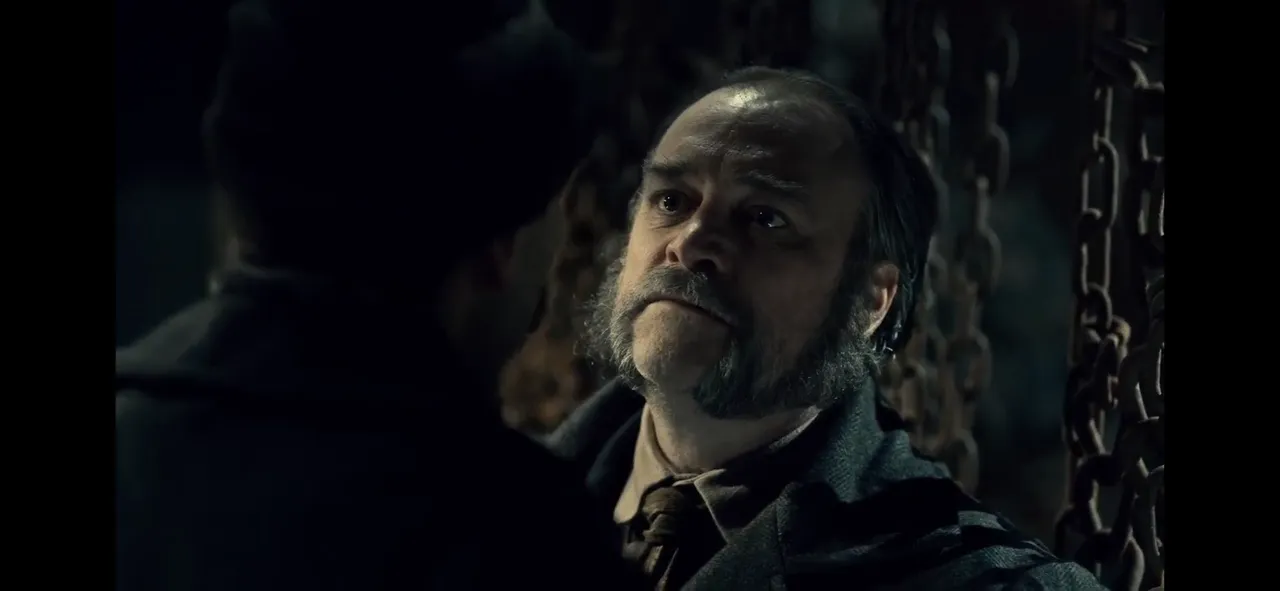
The fear of rats and more
Cemetery Rats is the second episode of the cabinet of curiosities based on the story of the same name by Henry Kuttner. In this episode we learn the story of Masson, a cemetery guard who engages in some rather questionable practices while on duty.
At the beginning of the episode, we see how Masson gets rid of a pair of grave robbers only to be the one to keep the loot. Masson regularly plunders tombs, with a special interest in valuable gold teeth.
But this character has a big problem: a debt he acquired in gambling that he is struggling to pay off. Why? Because the rats seem to be arriving before him to claim the corpses and whatever they have on them.
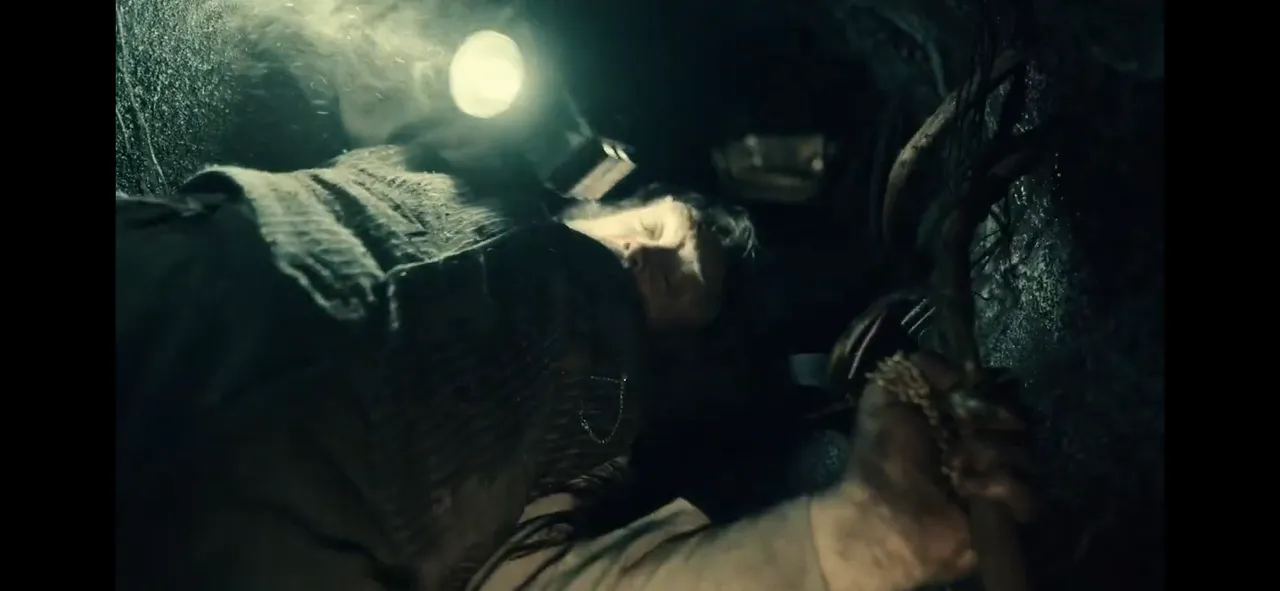
This desperate situation leads Masson to make extreme decisions. After all, if he didn't pay his debt, he was going to end up dead. So, seeing himself with no other options, he ends up chasing the rats into their burrow in order to take from them a corpse with a large amount of belongings. It is from there that the episode begins to take on the tone that makes it so interesting.
The story has a moral or something, but I don't want to talk about that. I want to talk about the abusive amount of methods it uses to convey a sense of desperation and anguish. The first is claustrophobia. The rat burrow is pretty cramped for one person, but that's just the beginning.
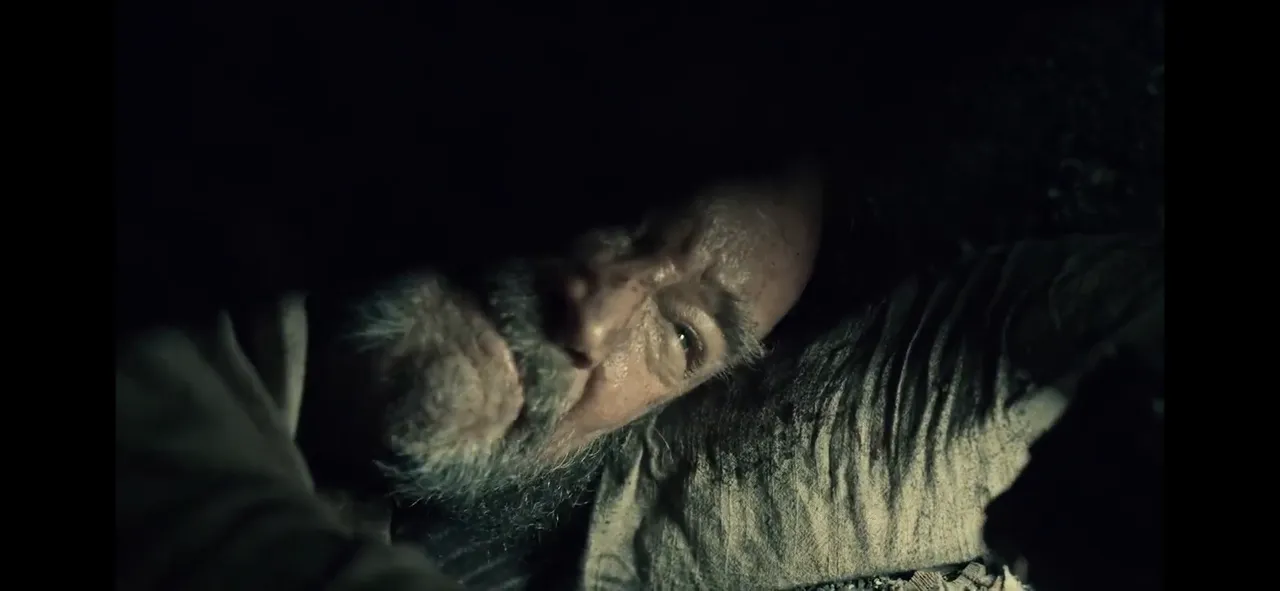
Shortly after entering the burrow, Masson is faced with the threat of falling into a vertical tunnel that does not allow him to see the end of it. That adds to the experience the vertigo. Also rats disgust most people and some cannot tolerate them. Pests are feared for many reasons, and rats have a special place in that category. So musophobia is present.
With all these elements, a good number of common phobias have already been covered, but the episode tries to make even those less sensitive to fear feel a great deal of discomfort. The way to achieve this is Masson's absurd and clumsy behaviour.
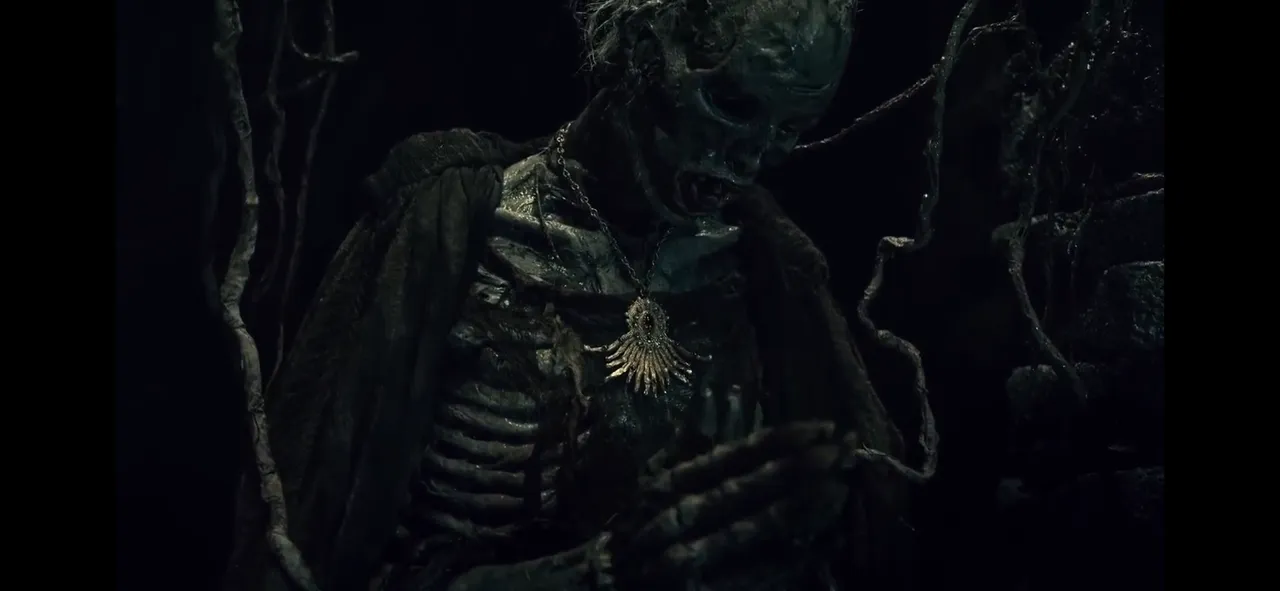
From the moment he enters the burrow, Masson seems to want to commit as many stupid acts as possible in the name of greed and fear of dying at the hands of mobsters. But when I say that his actions are stupid I offend the stupid. I have never seen a character who makes his situation worse by senseless decisions than Masson. Well, yes, but voters don't count.
There are moments where Masson seems to have a lot of luck, but completely squanders it. Watching someone do everything you know makes no sense is very distressing, which is why this episode works so well to give you a sense of stupor and discomfort.
To see a horror film production go beyond the elements of tension and some sudden scares was wonderful for me. It may not be the first time this formula has been used, but it's not at all common. And the execution was excellent.
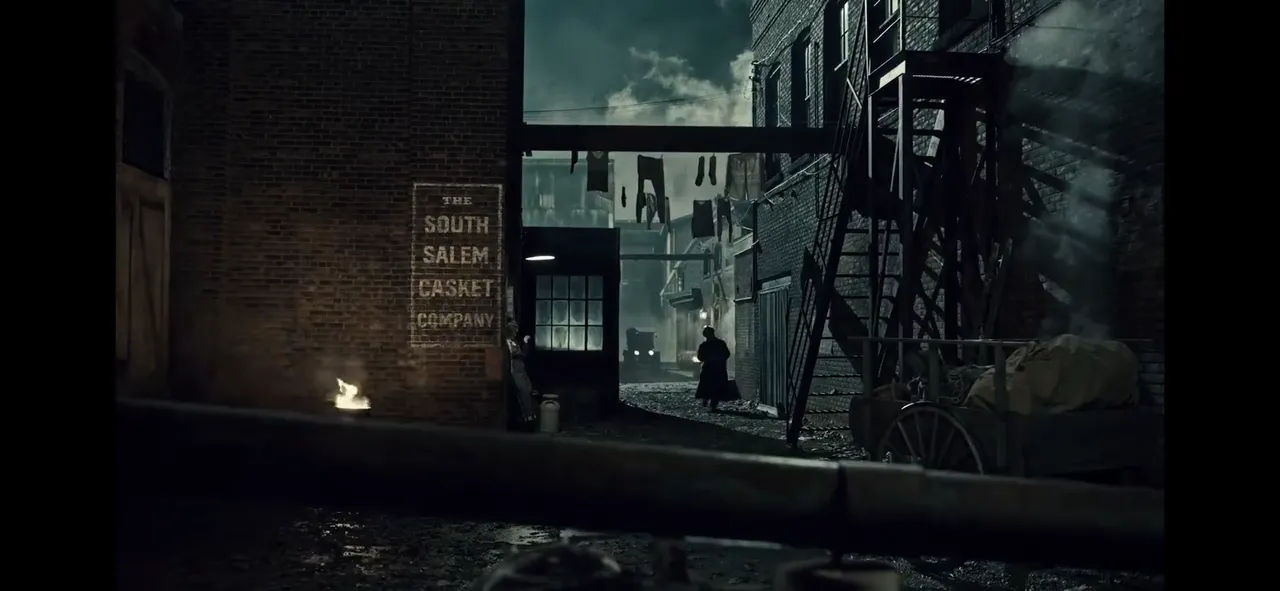
Conclusion
This is the shortest episode in the anthology, but it feels eternal. And that's because of the good job that was done in provoking the feelings I've already named. The ending is easily predictable, but the rest of the story seems to go against what you'd expect on purpose.
That's about it. Thank you very much for reading. I send you a big hug.

Español
Es bien conocida mi pasión por el género de horror y todo lo que le envuelve. Estoy muy metido en la literatura y los videojuegos de esta temática, pero en el cine y la televisión tengo cierto recelo. Son muy pocos los productos que llegan a convencerme.
Creo que el horror en la cinematografía necesita de una gran renovación y ya hay algunos creativos intentándolo. Uno de ellos, y a quien respeto enormemente, es Guillermo Del Toro. El director y guionista mexicano siempre ha sido diverso en su trabajo, pero son los monstruos y lo aterrador lo que más le apasiona. En ese sentido, somos muy parecidos.
La curiosa antología
Su último gran esfuerzo por darle aire fresco al género de Horror lleva su nombre. El Gabinete de Curiosidades de Guillermo Del Toro es una colección de historias de terror lanzada en la plataforma Netflix en la que él, de la mano de talentosos guionistas y directores, presenta diversas propuestas en cada uno de los episodios.

Una buena parte de estos están directamente inspirados en Los Mitos de Cthulhu. No hay un universo literario que ame con más pasión que este. Eso por un lado me encanta y por otro me hace sumamente crítico. Me gusta que traten con respeto y cariño las obras que más admiro.
Pero tengo que reconocer que Los Mitos de Cthulhu ni siquiera deberían poder convertirse a un formato cinematográfico. Son historias tan llenas de conceptos oníricos y entidades etéreas que parte de su belleza es la de hacerte imaginar lo inimaginable… ¿No es lógico? Pues ese es el punto. Son conceptos que deben trascender la comprensión humana y las capacidades de nuestros sentidos.
Voy a hablar de los episodios que más me gustaron, pero cada uno merece su propio análisis porque tienen poco o nada en común. En esta ocasión hablaré del que más me ha gustado. Una historia basada en un trabajo de un prominente miembro del círculo lovecraftiano. Un relato de Los Mitos de Cthulhu.

El miedo a las ratas y más
Ratas de Cementerio es el segundo episodio del gabinete de curiosidades basado en el relato homónimo de Henry Kuttner. En este conocemos la historia de Masson, un guardia de cementerio que incide en prácticas bastante cuestionables mientras está en labor.
Al principio del episodio, vemos como Masson espanta a un par de ladrones de tumbas solo para ser él quien conserve el botín. Masson saquea tumbas regularmente, con especial interés en los valiosos dientes de oro.
Pero este personaje tiene un gran problema: una deuda que adquirió en apuestas que le está costando pagar. ¿Por qué? Porque las ratas parecen estar llegando antes que él para reclamar los cadáveres y todo lo que lleven consigo.

Esta situación desesperante lleva a Masson a tomar decisiones extremas. Al fin y al cabo, si no pagaba su deuda iba a terminar muerto. Así que viéndose sin más opciones, acaba persiguiendo a las ratas dentro de su madriguera para quitarles un occiso con cuantiosas pertenencias. Es a partir de ahí que el episodio empieza a tomar el tono que lo hace tan interesante.
La historia tiene su moraleja o algo parecido, pero no quiero hablar de eso. Quiero hablar de la abusiva cantidad de métodos que usa para transmitir una sensación de desesperación y angustia. Lo primero es la claustrofobia. La madriguera de las ratas es bastante estrecha para una persona, pero eso es solo el principio.

Poco después de entrar a la madriguera Masson se enfrenta a la amenaza de caer en un túnel vertical que no dejaba ver su fin. Eso suma el vértigo. Las ratas producen asco en la mayoría y algunos no las toleran. Las plagas son temidas por muchas razones, y las ratas tienen un lugar especial en esa categoría. Así que la musofobia está presente.
Con todos esos elementos ya se ha abarcado un buen número de fobias, pero el episodio intenta que incluso aquellos menos sensibles al miedo sientan una gran incomodidad. La forma de lograrlo, es el absurdo y torpe comportamiento de Masson.

Desde el momento en el que entra a la madriguera, Masson parece querer cometer tantos actos estúpidos como sea posible en nombre de la avaricia y el miedo de morir a manos de mafiosos. Pero cuando digo que son estúpidas sus acciones ofendo a los estúpidos. No he visto jamás a un personaje que empeore más su situación por decisiones sin sentido que Masson. Bueno, sí, pero los votantes no cuentan.
Hay momentos donde Masson parece tener mucha suerte, pero la desperdicia por completo. Ver a alguien que hace todo lo que sabes que no tiene sentido es muy angustiante, por eso este episodio funciona tan bien para darte una sensación de estupor e incomodidad.
Ver una producción cinematográfica de terror ir más allá de los elementos de tensión y de algunos sustos repentinos me ha parecido maravilloso. Tal vez no sea la primera vez que se usa esta fórmula, pero no es nada común. Y la ejecución fue excelente.

Conclusión
Este es el episodio más breve de la antología, pero se siente eterno. Y eso se debe al buen trabajo que se hizo al provocar las sensaciones que ya he nombrado. El final es fácilmente predecible, pero el resto de la historia parece ir en contra de lo que esperarías a propósito.
Eso ha sido todo. Muchas gracias por leerme. Te mando un abrazo enorme.


